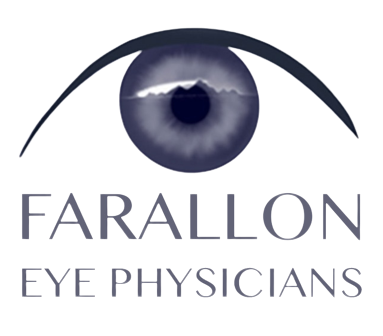Central Serous Retinopathy
Central Serous Retinopathy
Central Serous Retinopathy
Central serous retinopathy (CSR), also known as central serous choroidopathy (CSC), is usually a temporary inner eye condition. CSR results from the build-up of fluid under the retina. The retina is similar to the film in a camera and is the inner layer of the eye. CSR may improve without treatment; however, in severe cases, laser eye treatments may be recommended.
Anatomy
A main purpose of the eye is to focus light on the retina. The retina is the inner layer of the eye. Think of the retina as a movie screen on which everything that you see is displayed and interpreted by your brain as 3D images.
The retina is a thin tissue layer that contains millions of nerve cells. The nerve cells are sensitive to light. The choroid is the lining underneath the retina. The choroid contains blood vessels that supply your retina with blood and oxygen to keep it healthy.
Cones and rods are specialized receptor cells in the retina. Cones are specialized for color vision and detailed vision, such as for reading or identifying distant objects. Cones work best with bright light. The greatest concentration of cones is found in the macula and fovea at the center of the retina. The macula is the center of visual attention. The fovea is the site of best visual acuity or best visual sharpness. Rods are located throughout the rest of the retina.
Your eyes contain more rods than cones. Rods work best in low light. Rods perceive blacks, whites, and grays, but not colors. They detect general shapes. Rods are used for night vision and peripheral vision. High concentrations of rods at the outer portions of your retina act as motion detectors in your peripheral or side vision.
The receptor cells in the retina send nerve messages about what you see to the optic nerve. The optic nerves extend from the back of each eye and join together in the brain at the optic chiasm. The optic chiasm is the place where the optic nerves from the right and left eye meet and cross one another. From the optic chiasm, the nerve signals travel along two optic tracts in the brain and eventually to the occipital cortex.
Causes
The exact cause of CSR is unknown. The condition is more common in men between the ages of 30-55, but may occur in anyone. CSR has been associated with high levels of cortisol and corticosteriod levels. Cortisol is a hormone that the body produces to help deal with stress. Corticosteroids are medications that are commonly used to treat inflammation.
CSR occurs when fluid leaks from the choroid layer beneath the retina and builds up. The fluid leakage in the macula produces symptoms, including blurred vision. The condition is usually temporary and most frequently occurs in just one eye.
Back to Top
Symptoms
CSR most commonly affects one eye. You may notice a blurred area, dimmed area, blind spot, or gray spot in the center of your vision. You may see flashes of light. Your vision may change in the affected eye. Objects may look like they are closer or farther away. Straight lines may appear distorted. CSR may last for several months.
Back to Top
Diagnosis
Your doctor can diagnose CSR with a thorough eye examination, including examination of the retina. A fluorescein angiogram may be used to confirm the diagnosis. Fluorescein angiography is used to show the retinal blood supply. A photo is taken after a dye is injected into the bloodstream.
Treatment
Most cases of CSR resolve without treatment in a few months. However, the condition can return. People with cases that last longer than a few months, severe leakage, or severe vision loss may benefit from laser treatment. The laser treatment can seal and stop the leakage. It you take steroid medication and develop CSR, you should discuss the possibility of discontinuing the medication with your doctor. You should not discontinue taking steroid medication on your own.
Prevention
There is no known prevention of central serous retinopathy, but routine eye exams are important as is reporting any vision changes to your doctor.
Complications
CSR, in rare instances, can leave a permanent visual defect. In older patients, it can lead to bleeding under the retina.
Back to Top
Advancements
In those patients that are treated, laser is the main form of treatment. However, newer drug treatments are presently being studied and may lead to better therapies.
This information is intended for educational and informational purposes only. It should not be used in place of an individual consultation or examination or replace the advice of your health care professional and should not be relied upon to determine diagnosis or course of treatment.
The iHealthSpot patient education library was written collaboratively by the iHealthSpot editorial team which includes Senior Medical Authors Dr. Mary Car-Blanchard, OTD/OTR/L and Valerie K. Clark, and the following editorial advisors: Steve Meadows, MD, Ernie F. Soto, DDS, Ronald J. Glatzer, MD, Jonathan Rosenberg, MD, Christopher M. Nolte, MD, David Applebaum, MD, Jonathan M. Tarrash, MD, and Paula Soto, RN/BSN. This content complies with the HONcode standard for trustworthy health information. The library commenced development on September 1, 2005 with the latest update/addition on April 13th, 2016. For information on iHealthSpot’s other services including medical website design, visit www.iHealthSpot.com.
To schedule an appointment for optical, ophthalmology or cosmetic services in Daly City, California, simply call the office of Susan Longar, MD.



